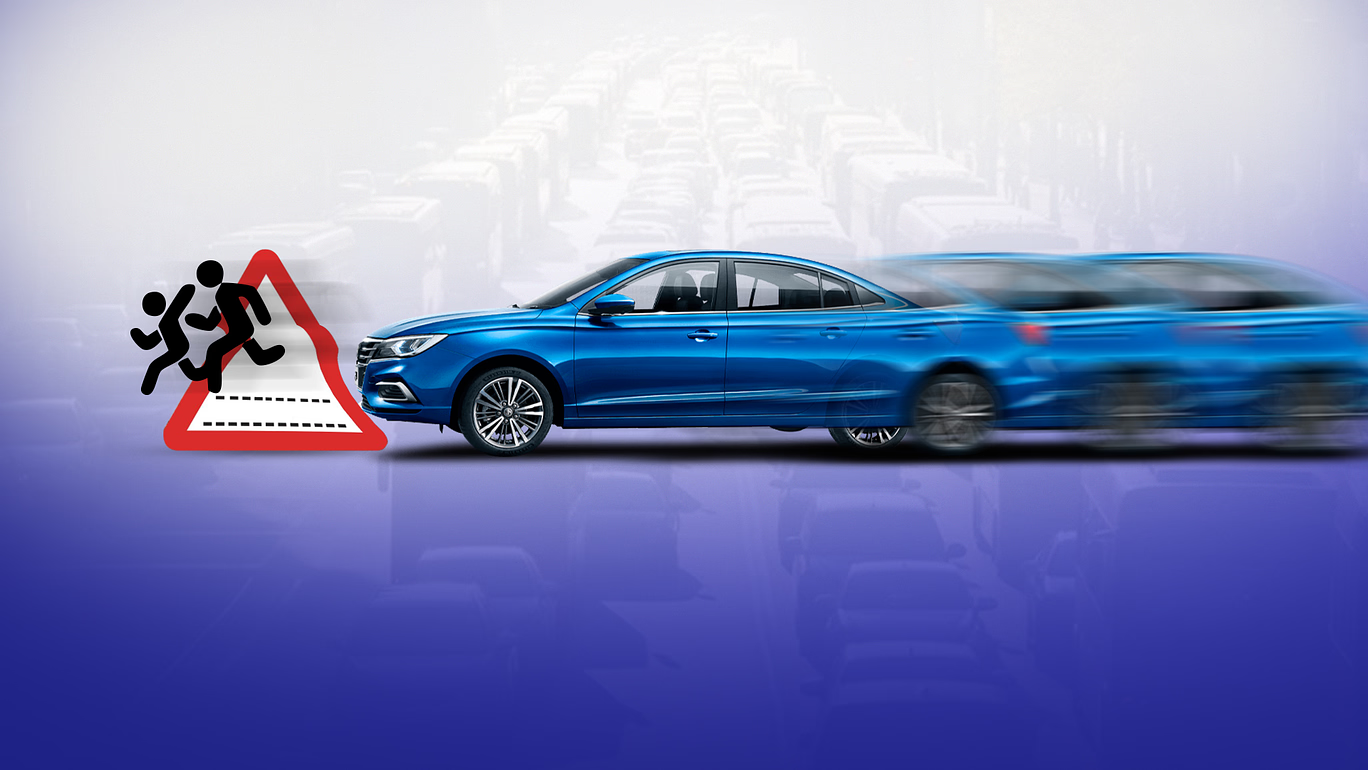As a new driver, owning a car can be a liberating experience. However, with this newfound freedom comes the responsibility of maintaining your vehicle.
Basic car maintenance is an essential skill for any driver, but it can be daunting if you’re unfamiliar with the inner workings of a car.
That’s why DriveSafePH put together this comprehensive guide to basic car maintenance for new drivers. Whether you’re a first-time car owner or looking to brush up on your skills, this guide will cover everything you need to know to keep your vehicle running smoothly and safely. From checking your oil and changing a tire to replacing your brake pads and troubleshooting common problems, we’ll walk you through each step with clear, easy-to-follow instructions.
By the end of this guide, you’ll have the confidence and knowledge to tackle basic car maintenance on your own, saving you time and money in the long run. So buckle up and let’s dive in!
1. Understand Your Car

Your car is a complex machine made up of many different parts and systems that work together to keep you moving safely and smoothly on the road. Understanding the basic components of your car is the first step in becoming a confident and capable driver, as well as a responsible car owner.
A. Engine
The engine is the heart of your car, responsible for converting fuel into power. Most cars today have internal combustion engines, which use a series of controlled explosions to generate energy. Engines can have anywhere from 2 to 16 cylinders, with more cylinders generally producing more power.
B. Transmission
The transmission is the part of the car that transmits power from the engine to the wheels. Most cars today have either manual or automatic transmissions. Manual transmissions require the driver to shift gears using a clutch pedal and gear shifter, while automatic transmissions use a series of gears and hydraulic systems to shift automatically.
C. Brakes
The brakes are the most important safety feature on your car, allowing you to slow down and stop when necessary. Most cars today have disc brakes, which use friction to slow down the wheels. The brake system also includes brake pads, calipers, and rotors.
D. Suspension
The suspension is what keeps your car’s wheels in contact with the road, absorbing shocks and bumps to provide a smooth ride. The suspension system includes shocks or struts, springs, and control arms.
E. Steering
The steering system allows you to control the direction of your car. Most cars today have power steering, which uses hydraulic or electric systems to make steering easier and more responsive.
F. Electrical System
The electrical system powers all of the electronics in your car, including the lights, radio, and dashboard. The system includes the battery, alternator, and various fuses and relays.
2. Routine Maintenance

Regular maintenance is key to keeping your car running smoothly and preventing costly repairs down the line. Routine maintenance is a task you should perform on a regular basis, including checking and changing your oil, checking your tire pressure and tread, and inspecting your brakes.
Here are some routine maintenance tasks that you should perform regularly:
A. Check and change your car’s oil
Oil is the lifeblood of your car’s engine. It lubricates the engine’s moving parts and keeps them from wearing down. Check your oil level regularly, and change it every 5,000 to 7,500 miles or as recommended in your car owner’s manual. You can check your oil level by pulling out the dipstick and wiping it clean. Then, insert it back into the engine and pull it out again. The oil level should be between the two marks on the dipstick.
B. Check your tire pressure and tread

Under-inflated tires can lead to poor fuel economy, uneven tire wear, and even blowouts. Check your tire pressure at least once a month, and make sure they are inflated to the recommended pressure listed in your car owner’s manual. Also, inspect your tire tread regularly for signs of wear or damage. If the tread is worn down to the wear bars, it’s time to replace your tires.
C. Inspect your brakes
Brakes are a crucial component of your car’s safety system. Check your brake pads and rotors for wear, and replace them if necessary. You can tell if your brake pads are worn down by looking at them through the spokes of your wheel. If they look thin, it’s time to replace them. Also, listen for any unusual noises when you apply the brakes, such as squeaking, grinding, or vibration.
D. Check your fluids

In addition to oil, your car has several other fluids that must be checked regularly, including coolant, transmission fluid, power steering fluid, and brake fluid. Check these fluids regularly and top them off if necessary.
E. Replace your air filter
Your car’s air filter prevents dirt and debris from entering the engine. Over time, the filter can become clogged and reduce your engine’s performance. Check your air filter every six months and replace it if necessary.
3. DIY Repairs
While some repairs may require a trip to the mechanic, there are many basic repairs that you can do yourself with the right tools and knowledge.
Here are some common DIY repairs that you can do with the right tools and knowledge:
A. Changing a tire

Flat tires can happen at any time, so it’s important to know how to change a tire. To change a tire, you’ll need a spare tire, a jack, and a lug wrench.
- First, find a safe place to pull over and turn on your hazard lights.
- Then, use the lug wrench to loosen the lug nuts on the flat tire.
- Next, use the jack to lift the car off the ground and remove the lug nuts and flat tire.
- Finally, put the spare tire on, tighten the lug nuts, and lower the car back to the ground.
B. Replacing your brake pads

Brake pads wear down over time and need to be replaced periodically. To replace your brake pads, you’ll need a jack, a lug wrench, a C-clamp, and new brake pads.
- First, remove the wheel and loosen the caliper bolts.
- Then, use the C-clamp to compress the caliper piston, and remove the old brake pads.
- Finally, install the new brake pads, reassemble the caliper, and repeat the process on the other wheel.
C. Replacing your air filter

A dirty air filter can reduce your car’s performance and fuel efficiency. To replace your air filter, you’ll need a new air filter and a screwdriver.
- First, locate the air filter housing and remove the cover.
- Then, remove the old air filter and replace it with the new one.
- Finally, reattach the cover and you’re done.
4. Troubleshooting Common Problems
Even with regular maintenance, your car may experience issues from time to time.
Here are some common issues you may experience and how to troubleshoot them:
A. Battery Issues
If your car won’t start, the battery may be dead or dying. Try jump-starting your car with jumper cables and a working car. If your car starts, drive it for at least 20 minutes to allow the battery to recharge. If your car doesn’t start after jump-starting, you may need to replace the battery.
B. Starter Issues
If you hear a clicking sound when you turn the key, the starter may be failing. Check the battery first to make sure it’s not the issue. If the battery is fine, you may need to replace the starter.
C. Alternator Issues
If your car’s battery keeps dying or your dashboard warning lights come on, your alternator may be failing. Check the alternator belt for signs of wear or damage, and test the alternator with a multimeter. If the alternator is not charging the battery properly, you may need to replace it.
D. Overheating
If your car is overheating, pull over and turn off the engine. Wait for the engine to cool down, and then check the coolant level. If the coolant level is low, add more coolant and check for leaks. If the coolant level is fine, you may have a malfunctioning thermostat or a damaged radiator.
E. Weird Noises
If you hear strange noises coming from your car, such as grinding, whining, or squeaking, it may be a sign of a problem. Listen carefully to determine where the noise is coming from, and take your car to a mechanic if you’re unsure.
5. Safety First
Safety should always be your top priority when working on your car.
Here are some tips and best practices to follow:

A. Use the right tools and equipment
Using the proper tools and equipment is essential for working on your car safely. Make sure you have the necessary tools and equipment for the job before you start. If you’re unsure about what tools you need, consult your car owner’s manual or do some research online.
B. Wear protective gear
Wear appropriate protective gear, such as gloves, safety glasses, and closed-toe shoes. This can help protect you from cuts, burns, and other injuries.
C. Use proper lifting techniques
If you need to lift your car, use proper lifting techniques and equipment. Always use a jack stand to support the weight of the car, and never rely solely on the jack.
D. Keep your workspace clean and organized
A cluttered and disorganized workspace can increase the risk of accidents and injuries. Keep your workspace clean and organized, and make sure you have plenty of room to move around.
E. Follow instructions and procedures carefully
Follow instructions and procedures carefully to avoid mistakes and ensure that the job is done correctly. If you’re unsure about how to perform a repair or maintenance task, consult your car owner’s manual or seek advice from a qualified mechanic.

As the first online theoretical driving course provider, DriveSafe PH understands the importance of learning how to drive and maintain your vehicle. Basic car maintenance is essential for keeping your car running smoothly, preventing costly repairs, and ensuring your safety on the road.
In this guide, we covered the basics of car maintenance, including routine maintenance, DIY repairs, troubleshooting common problems, and safety tips. We hope that this guide has provided you with the knowledge and confidence to take care of your car and keep it in top condition.
Remember, regular maintenance and care can save you money and help prevent accidents on the road. However, if you’re ever unsure about how to perform a repair or maintenance task, it’s always best to seek advice from a qualified mechanic or take your car to a professional.
Safe driving!


